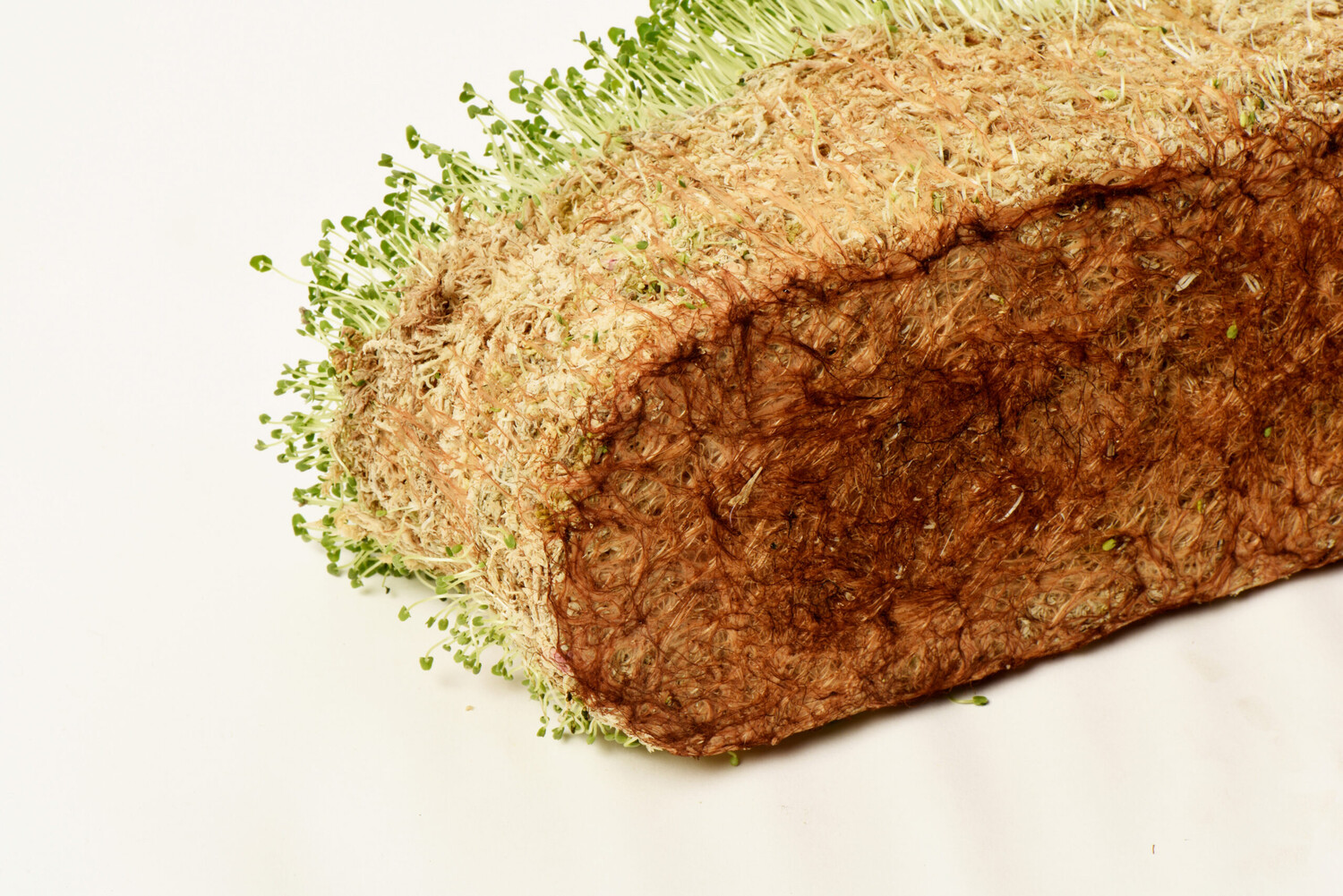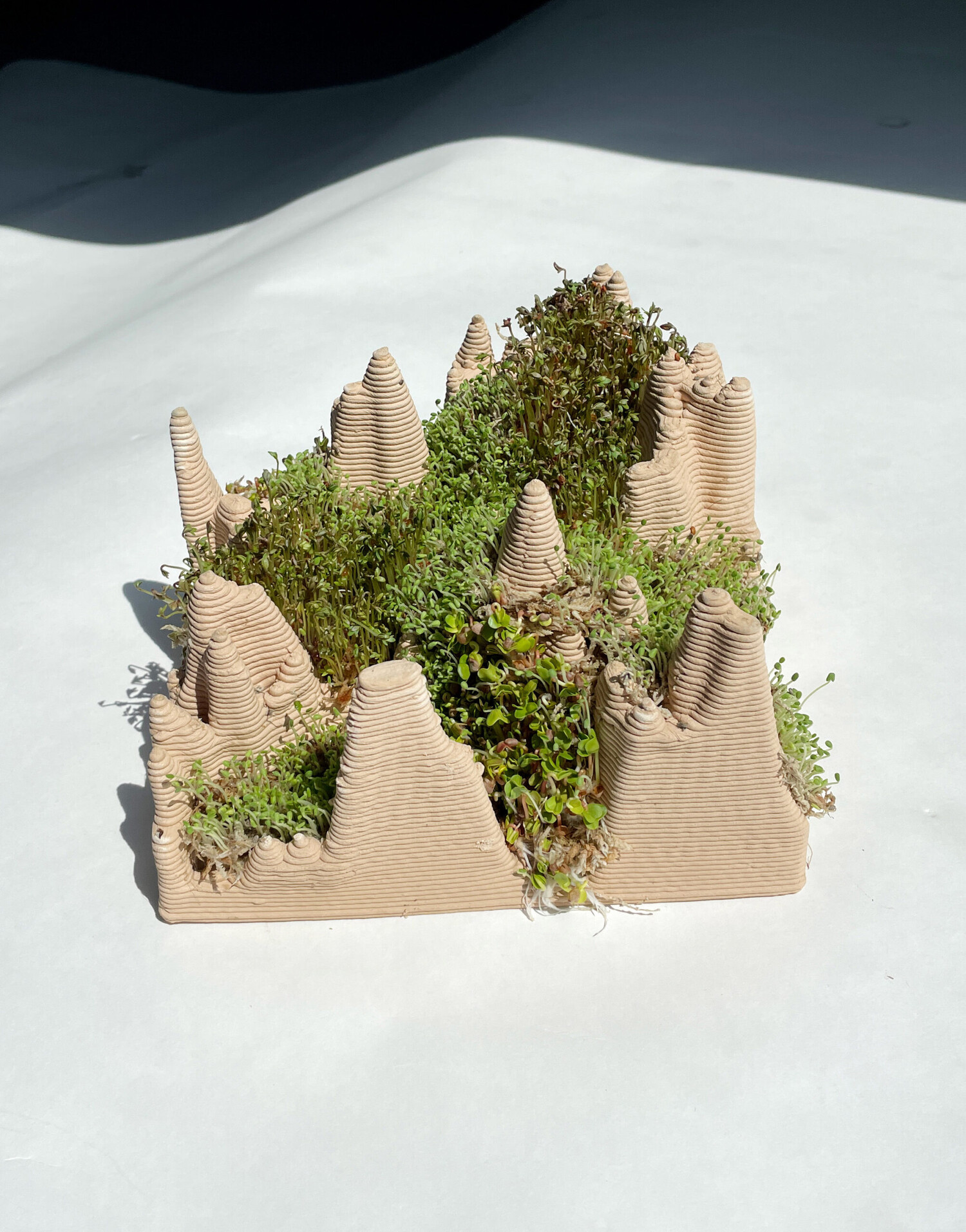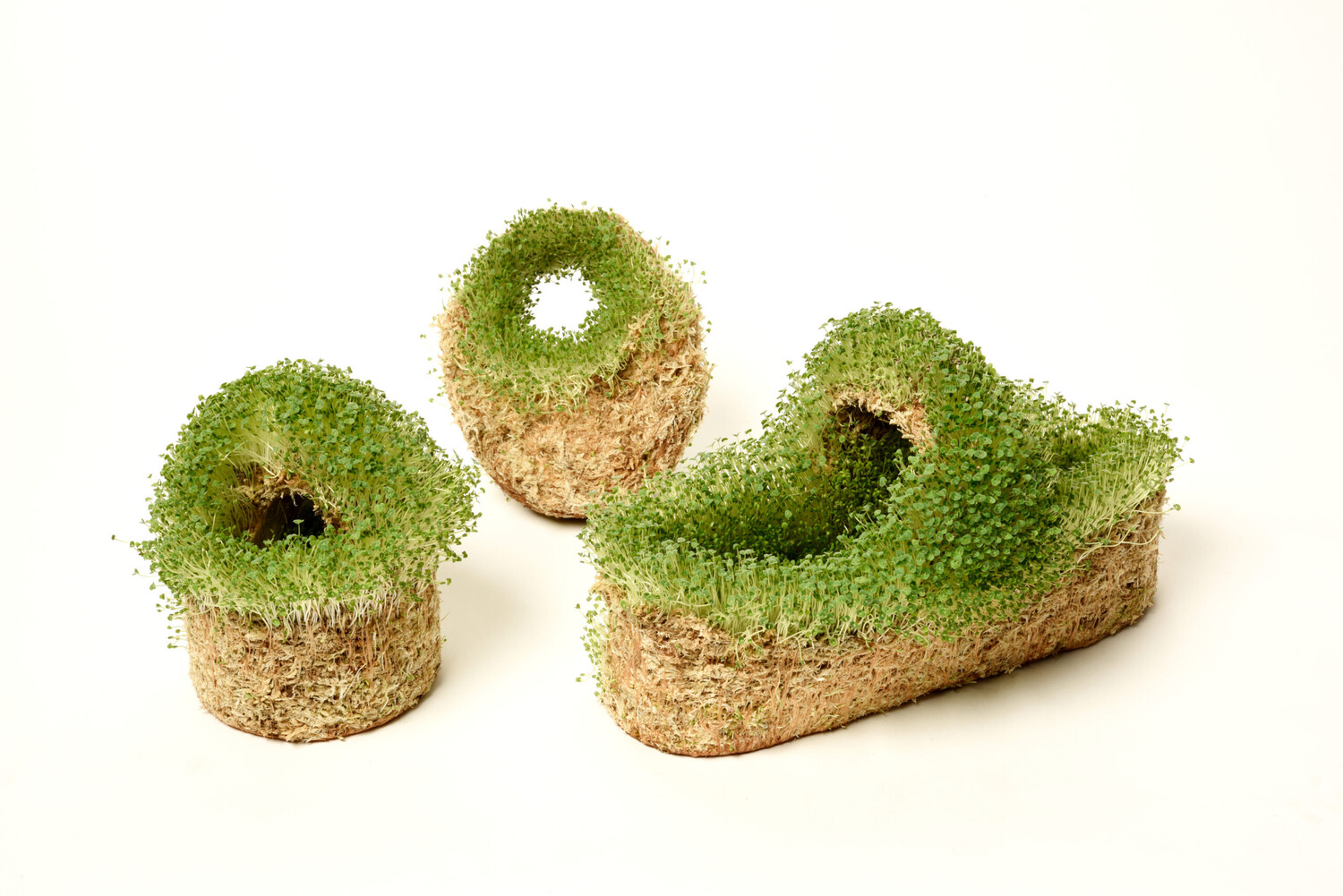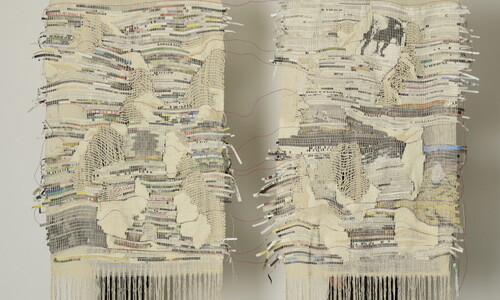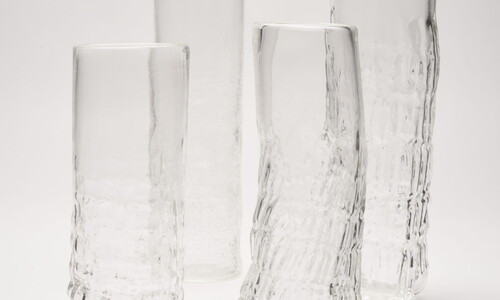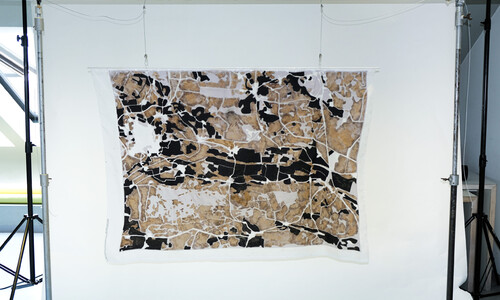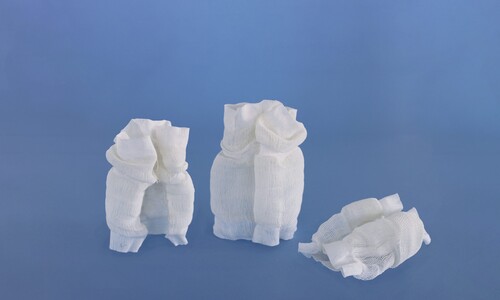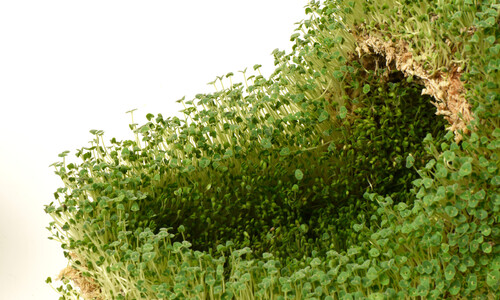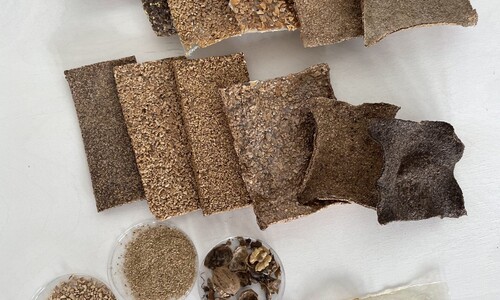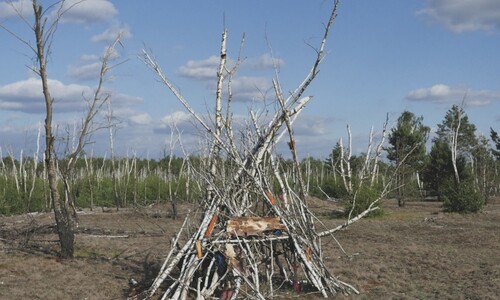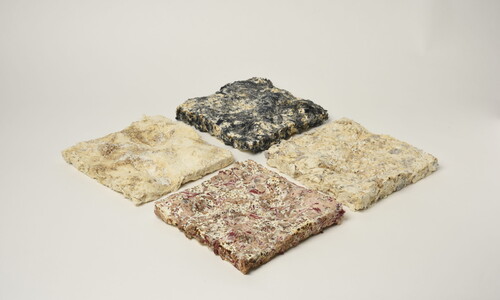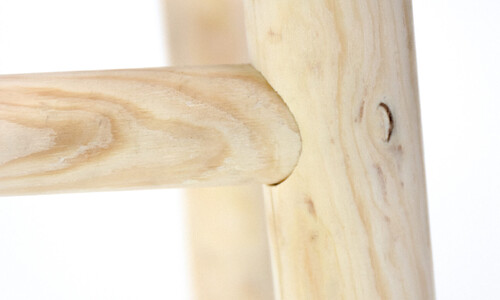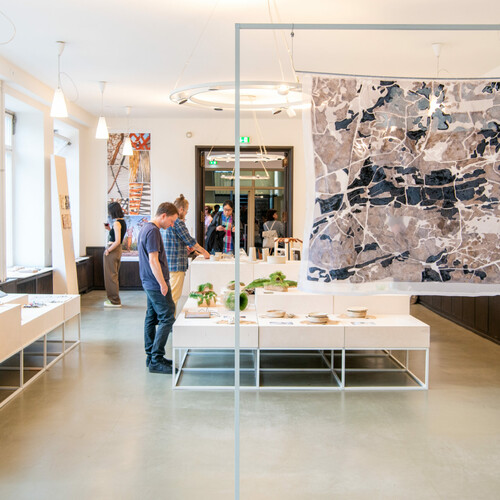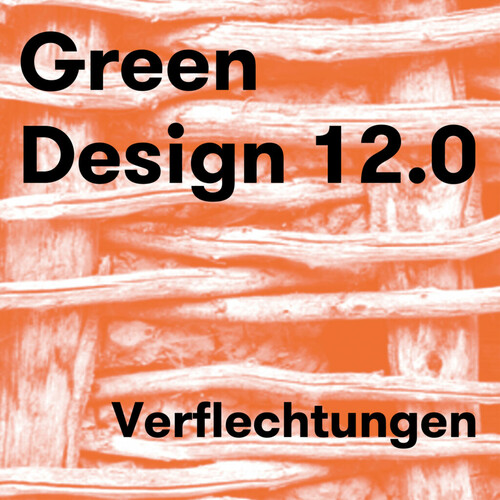A long time ago in Korea, ginseng hunters collected wild ginseng deep in the mountains and carried it to the villages. To transport the ginseng, which is a precious folk medicine, they wrapped it into moss. Thanks to the moss‘s ability to keep a constant temperature and humidity, the ginseng stayed fresh during the whole trip.
Moss has a wide adaptability, it stores water and nutrients, and it purifies the air by decomposing carbon dioxide and fine dust. These properties even play a major role in the formation of forests. Moss can live on dry land with little sunlight. As it starts growing there, it makes the land greasy and fertile and helps other plants to enter. Small insects come in and grasses sprout. Eventually, trees grow to form a forest.
This project started by asking ‘how can we bring these ecosystems closer to our lives?’, as we live in a new barren land, the city. And it developed into a collaboration with nature about how we can design together.
